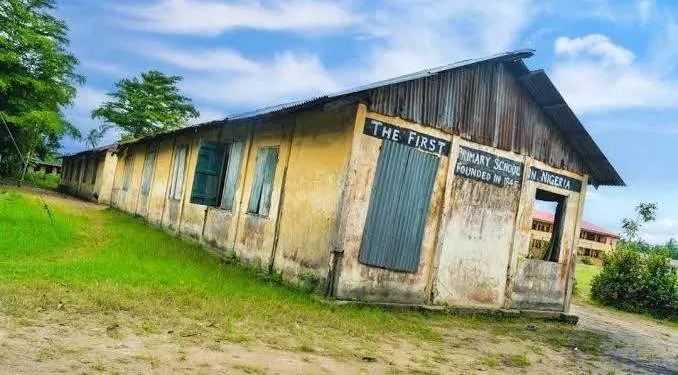
Education has been a critical cornerstone of many countries' progress and development. In Nigeria, this is true as well. With a rich history of educational initiatives and institutions, Nigeria's education system is a reflection of the country's urban and rural culture.
It is an intricate story that starts with the earliest times when the traditional methods of teaching by village elders were used to bring knowledge and culture to future generations. As centuries passed, these methods evolved and gave way to more formalized educational systems, both established within Nigeria itself and also in colonial areas.
In this article, we will explore how education in Nigeria has evolved over the years from its colonial beginnings to the present day and how Nigerian educators have navigated the ever-changing landscape of educational practices. Through various stories and insights from those on the ground, we will paint a picture of how education in Nigeria was shaped by both historical context and personal commitments. Let's dive in!
History of Education in Nigeria
Education has been a major part of Nigeria since long before the days of the country's independence in 1960. In fact, its history can be traced back to the colonial era when education was offered through missionary schools and government-regulated colleges. During this time, access to education was limited to those in certain classes and with certain backgrounds.
At independence, however, education began to take on a whole new form. New secondary schools were established across the country, and free primary education was made available to all Nigerians, following a national curriculum that was implemented during this period. This laid the foundations for the modern Nigerian educational system, which is now splited into three levels: primary, secondary, and tertiary.
The sector has seen numerous changes over the years, and today it boasts one of Africa's highest literacy rates at 62 percent for adults aged 15 and above. Additionally, there is an increasing number of universities offering technical degrees in a variety of subjects; this is combined with increased public investment to create opportunities for Nigeria's young people to enter higher education and pursue their professional dreams.
Pre-Colonial Education
Before the advent of colonialism in Nigeria, education was mainly religious in nature. This type of education was oriented to Islamic, traditional, and Christian schools, known as madaris and mission schools, respectively.
In addition to these religious schools, indigenous forms of education existed in the form of apprenticeship, where children of varying ages were taught skills for a trade, usually by their parents or an elder in the community. This system was largely based on verbal knowledge and skills that were handed down from generation to generation.
Finally, there were informal education systems such as apprenticeships and informal settings like family gatherings, where youth would learn through listening to elders tell stories or participating in drama-based learning experiences.
Overall, pre-colonial education in Nigeria focused on developing knowledge and skills that were relevant to the needs of the communities and provided a solid foundation for future generations.
Post-Colonial Education System
What truly marked the history of education in Nigeria was the post-colonial period. The development of a formal education system started as soon as Nigeria became an independent nation in 1960, which put primary schooling within reach for more people in the country.
The need for schools in Nigeria grew after Lord Lugard united the northern and southern regions of the country in 1914. The University of Ibadan, the first University in Nigeria, was founded in 1948 as a result of the quick expansion of education.
With more progressive educational policies implemented, many Nigerians had access to basic primary and secondary education. In addition to this, universities also started popping up around the country, with eight new universities established between 1948 and 1972.
In 1843, Methodist missionaries opened Nigeria's first primary school. The first secondary school in Nigeria was established in Lagos a few years later, in 1854, by a group of Christian missionaries.
In 1977, the federal government made technical training programs available in areas like agriculture and health sciences through specialized institutions.
By the 1980s, more tertiary institutions began offering courses that could be used by students on graduation to gain employment or further their studies abroad at world-renowned universities, another major milestone in the history of education in Nigeria.
Private sector individuals and organizations took on the duty of establishing private schools in addition to public schools. Nigeria's educational system includes both public and private institutions at all academic levels.
Educational Structure in Nigeria
You might not know that education in Nigeria is divided into six years of primary schooling, three years of junior secondary schooling, three years of senior secondary schooling, and finally, four years at the university. Although in 2008, the government changed it to 9-3-4, a lot of Nigerian schools still follow this pattern.
Let's explore each level in more detail:
Primary school
Primary school in Nigeria lasts for 6 years and begins when a student is 1-2 years old. The primary school system was introduced in the 1940s. It focuses on basic literacy and numeracy skills, as well as arts, sports, science, and English subjects.
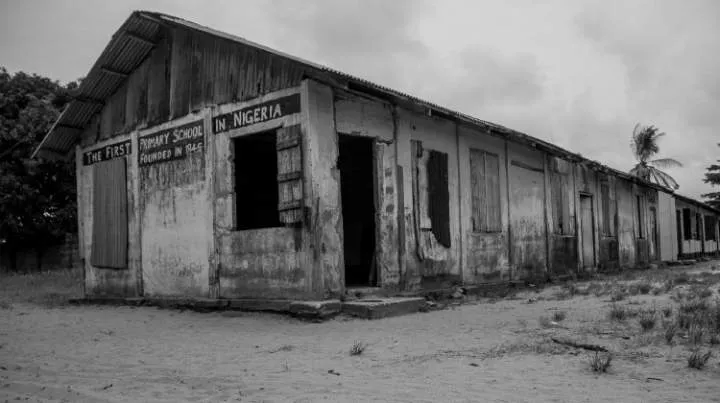
Junior Secondary Schooling
After primary school comes two levels of secondary education: junior and senior secondary. Junior Secondary School (JSS) is made up of 3 classes over a few years. They study English language, mathematics, and other subjects like business studies and social studies.
Senior Secondary Schooling
At the senior secondary level (SSS), students become more aware of their career paths as they can specialize by choosing between Science, Commercial, or Arts subjects for specialization. SSS is made up of 3 classes (SS1, SS2, and SS3). In their final year, students take the West African Senior School Certificate Examination (WASSCE), which makes them eligible for university admission if they pass with satisfactory grades.
University Education
Those who want to further their studies at the university level can take 4-6 years of degree programs in Nigerian universities where they will gain specialized knowledge within a chosen field, such as engineering or medicine. This level should also equip students with the necessary life skills needed to succeed both professionally and personally beyond academics.
Basic Education in Nigeria
Nigeria has three levels of education, Primary, Secondary and Tertiary. Each one offers a unique opportunity for students to achieve their educational goals. Let's take a look at each one in more detail:
Primary Education
Primary education consists of 6 years of basic education and lasts from ages 1 to 12. This is when children learn their language, mathematics, religious studies, social studies, and science, along with other basic skills in reading and writing, all the foundations of a successful academic career.
Secondary Education
Secondary education lasts for a further 6 years, usually from age 10. Students typically study English, biology, commerce, literature, mathematics, sciences, basic education, home economics, introductory technology, computer, and civic education as they prepare for college or university. Students must pass the senior school certificate test created by the West African examination council (WAEC), National Examination Council (NECO), or General Certificate of Education (GCE) in order to continue their studies at tertiary institutions.
The WAEC exams are typically administered in May of each year, and only senior high school students n the last class (SS3) are expected to take them. After completing their senior secondary education, successful students receive a senior school leaving certificate.
Students must pass both the united tertiary matriculation exam (UTME) and the West African examination council (WAEC), National Examination Council (NECO), or General Certificate of Education (GCE) in order to be admitted into Nigerian institutions.
The UTME is prepared by the joint admissions and matriculations board as a standard admission test for everyone.
Tertiary Education
Tertiary education is the final level of basic education in Nigeria and typically begins at age 16. It offer degree programs in fields like medicine and engineering as well as vocational courses such as law or accountancy. Universities, polytechnics, and colleges of education are all included in Nigeria's tertiary education system.
The National University Commission is the agency in charge of policing the operations of Nigeria's authorized universities. The framework of the university curriculum is intended to train graduates to support national growth and to foster entrepreneurship to open up new employment prospects.
By generating more jobs, lowering unemployment, and lowering crime rates among young people without jobs, entrepreneurs will contribute to economic progress.
Young people interested in becoming teachers can receive training at colleges of education. These universities train their students to be effective teachers in the community. Students can gain specialized technical training and skills at polytechnics so they can support Nigeria's industrial and economic growth.
Many universities also provide postgraduate programs with specialized and advanced learning opportunities for students looking to specialize in specific areas.
Nigerian Education Statistics And Facts
You might not know that Nigeria has one of the highest populations of out-of-school children in the world. This is an alarming statistic and one that needs to be addressed if the country is to make progress in terms of education.
There are a few other facts and figures you should know about when it comes to education in Nigeria:
Percentage of Children Attending School in Nigeria
In Nigeria, there are 7.2 million kids enrolled in early childhood education programs, according to statistics. In comparison, 5.5 million students registered in private primary schools, while 22.2 million students older than six years old enrolled in public primary schools.
The pattern for enrollment in secondary schools was obvious. According to the survey, 54.4% of students enroll in junior secondary school and 68.6% in senior secondary school.
According to a 2017 university census, there were 234,000 postgraduate students (those pursuing a master's or doctorate degree), compared to 1.7 million undergraduate students overall.
Nigerian Education Budget
The Nigerian government has not prioritized spending on education, allocating only about 7% of its total budget for this purpose. This is far below the recommended target set by the United Nations Educational, Scientific and Cultural Organization (UNESCO) which is about 20%.
Literacy Rate In Nigeria
The adult literacy rate in Nigeria stands at 62%, with a gender gap of almost 10%. The male literacy rate is 68%, while female literacy stands at 54%. While this figure is still low, it has been steadily improving over the years due to various initiatives implemented by both national and international organizations.
Without investing more heavily in education, it will be difficult for Nigeria to make progress in terms of economic growth or improve its standard of living. It's important for the government to recognize the importance of education and prioritize investment accordingly.
The Future of Education in Nigeria
The future of education in Nigeria holds a lot of promise. Education is key to Nigeria's development, and this must be prioritized as a nation. The government is committed to creating an enabling environment for learning by investing heavily in infrastructure, teachers, and innovative technology.
To ensure that all Nigerians have access to quality education, the government has created a number of reforms such as:
Investing in public education, equipping schools with modern facilities, including computers and other resources for students and teachers
Opening more universities to increase enrollment
Providing free primary education for all children
Improving training opportunities for teachers and increasing their wages
Increasing access to tertiary education by reducing tuition fees and providing scholarships for deserving students
Introducing vocational training programs so that people can learn new skills and become employable
Promoting research initiatives through grants and awards to encourage students and academics to explore new ideas
Encouraging development in Information Communication Technology (ICT) through investment in hardware, software applications, digital literacy programs, and more
With these reforms in place, Nigeria is well-positioned to reap the benefits of a well-educated population while ensuring equitable access to quality learning opportunities for everyone.
Conclusion
Nigeria's journey to formal education is long and winding. It has been marked by struggles and changes over the years. There has been progress in the right direction, but there is still a lot of work to be done. Nigeria's education system still needs substantial reforms, both in terms of infrastructure and policy, to meet the challenges of today's changing world.
Education is the keystone of Nigeria's development and its future. Through the concerted efforts of government, parents, teachers, and students, Nigeria can create a vibrant and successful educational system. In doing so, it will bring about real and lasting change to its society and economy.

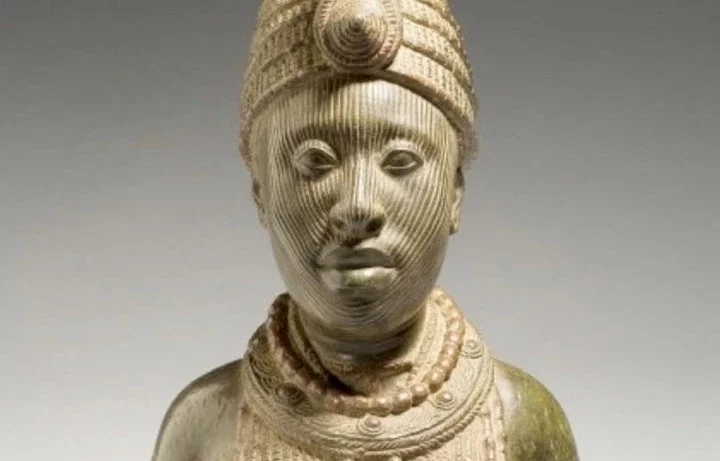
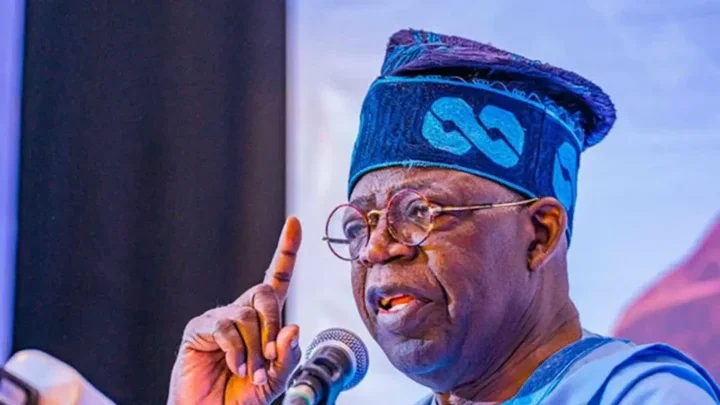
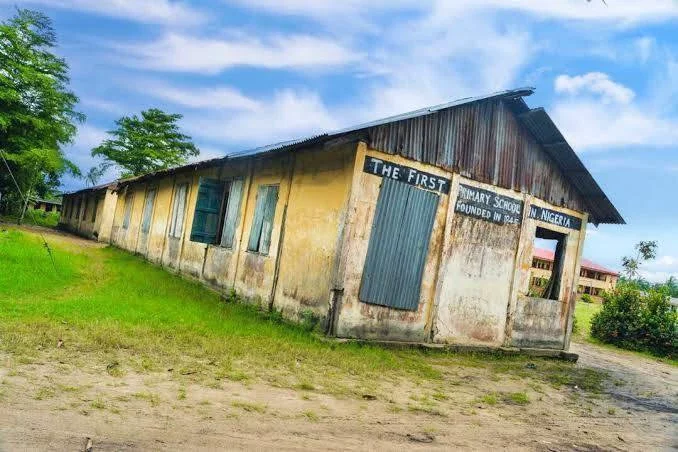

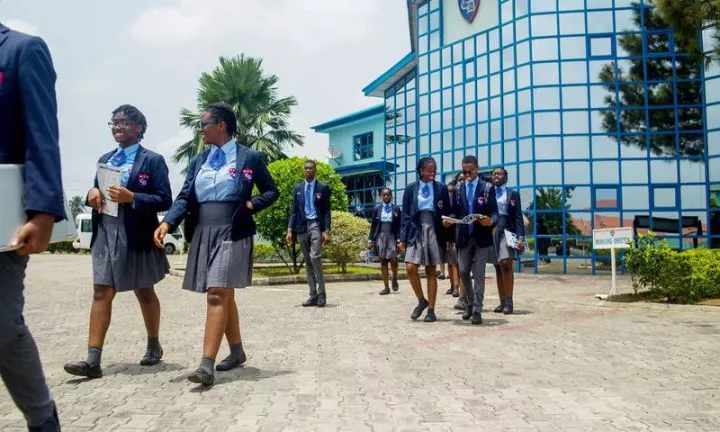
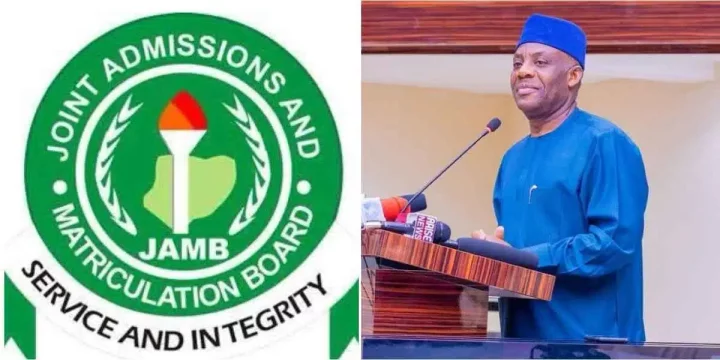









Comments